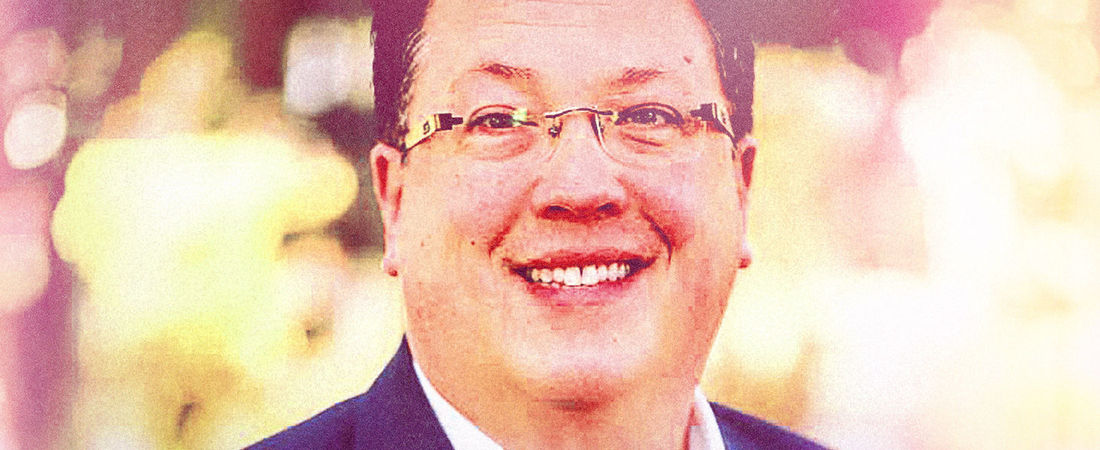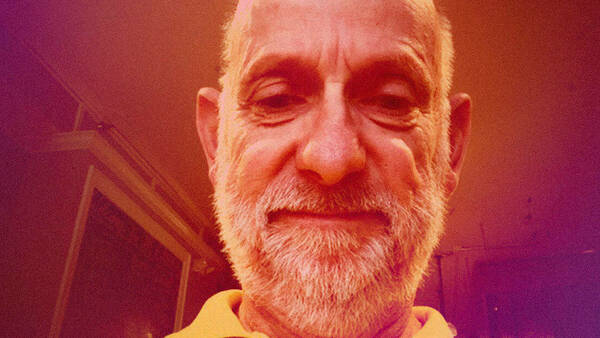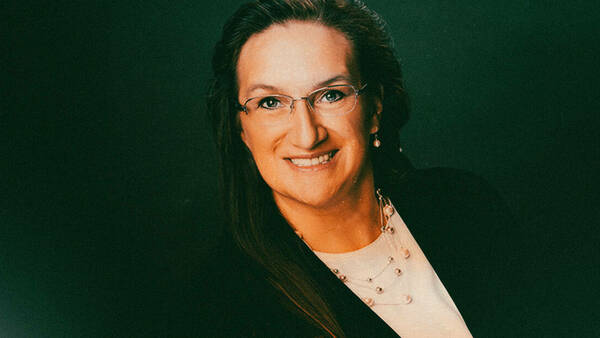The stakes are high for the chronic wound patients that Joseph Ebberwein ’86 serves.
Some have diabetic foot ulcers, which, if not treated properly, can require amputation. Others are bedridden and have developed sores. Still others have wounds as a result of vascular conditions, or must use ostomy bags to divert bodily waste following surgery.
For these patients, a timely and effective treatment can greatly increase their quality of life—or even save it. And Ebberwein is passionate about helping them.
That’s why he and his business partner, Katherine Piette, both longtime veterans of the healthcare industry, co-founded Corstrata three years ago. The Savannah, Ga. company connects patients and their healthcare providers with board-certified wound management experts who use technology to remotely assess wounds and recommend evidence-based treatments.
“One of the things we knew from our previous experience was what a pain point wound care management is in the healthcare system,” Ebberwein says. “There is a shortage of wound care clinicians—only one in 500 nurses are board-certified in wound care, and there’s only one wound care nurse for every 900 wound patients. So there’s a huge issue around access to care, which really drives a lot of the problems.”
Corstrata helps treat a diversity of patients in a variety of settings—everything from home health care to nursing homes and hospice care. Some patients, with proper treatment, can work productively for years to come. Others are looking to live out their final years in comfort and dignity.
The results so far are encouraging, Ebberwein says. In one case, his company helped a man heal from a diabetic foot ulcer that had not improved after six months of prior treatment, allowing him to avoid an amputation. In another, it enabled a mother of four who’d had an emergency ostomy to have a consult in the privacy of her home rather than travel 100 miles for treatment. And in just three months, it successfully treated a nursing home patient who had dealt with a debilitating venous leg ulcer for 18 months.
Technology plays a major role in the company’s approach, Ebberwein says. Healthcare providers take pictures or videos of wounds, which they upload into a HIPAA-compliant mobile app that the company’s wound clinicians can review remotely before making recommendations. And a patient engagement app offers video chat, messaging, and reminders that keep people engaged with their treatment.
“We’re developing assessments that are related to the social determinants of healthcare,” Ebberwein says. “We’ll be able to ask patients questions about nutrition, about whether they have access for transportation to their doctor’s appointments. We’ll be able to send them depression assessments to see if that’s a factor. The literature now is showing that it’s the social determinants of health as much as the underlying medical condition that determine the outcomes.”
A newer technology is increasingly helpful for diabetics, Ebberwein says. Many suffer from neuropathy and can’t feel ulcers developing on the bottom of their feet. But if they stand on a smart mat for 20 seconds a day, the mat will detect minor temperature changes that indicate a foot ulcer is imminent. That gives Corstrata’s team, working with local providers, time to get them into offloading diabetic shoes that relieve pressure.
“We can intervene and prevent that ulcer from forming, and we’re doing that in 75 percent of the cases that we’re involved with,” Ebberwein says. “We’re trying to be a company that intervenes with this extremely vulnerable population of complex diabetics—many of whom are still working. These are people who are on their feet and really need assistance in preventing these ulcers.
“It really is a huge problem. And I live in the south, and some of the studies indicate that there are twice as many amputations among African Americans with diabetes in the south. There’s no real clinical reason for that other than access to care. So we’re passionate about changing those statistics and really getting to people before they even form ulcers. And with technology, we can do that.”
Technology also allows clinicians to serve more people, Ebberwein says. Some nurses who work for his company now see up to 25 patients a day virtually, up from the two or three a day they might have seen previously when they had to drive to various sites.
As Corstrata considers opportunities to expand and serve patients internationally, Ebberwein finds his work deeply gratifying.
“I think one of the incredible opportunities that I’ve had in my life was that my grandmother lived with our family the last 10 years of her life, and so I was exposed to caring for an elderly person with all of their activities of daily living, and assisting with that,” he says. “And I think that really set the tone for the work that I do now, because it is a vulnerable population. Many of these people are elderly, a lot of them don’t have social support systems, and they don’t even have someone to help them look at the bottom of their feet on a daily basis to see if there are any problems occurring. And so if there’s a way that my company and I can use technology to get ahead of some of these issues, that’s extremely rewarding.”
To learn more about the work Corstrata does to serve chronic wound patients, please visit its website.



